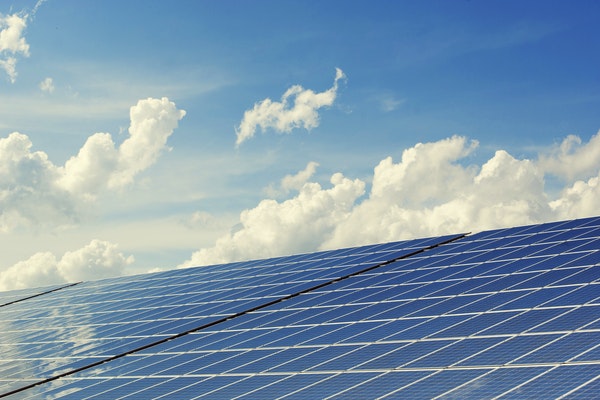
Using Technology to Save Energy
Smart thermostats learn your patterns and reduce energy use when you aren’t around.
The U.S. Department of Energy says that lowering your thermostat by 10 degrees for the eight hours a day you’re at work can save 10 percent on utility costs each year. What if you had a thermostat that would do that for you? Smart-learning thermostats like the Nest learn your schedule and adjust the temperature automatically when you’re away from home. Smart thermostats also use information from the internet to predict temperature fluctuations. They can also get ahead of steep dips and spikes to reduce the strain on your HVAC system.
The average family spends almost $2,000 on energy costs annually. With the Nest claiming thermostats can save 15% per year, that’s an average of $291 in annual savings.
Smart light fixtures can eliminate wasted use, and consume 75% less energy than traditional lighting.
No one likes replacing a light bulb, and no one likes the increase in blood pressure when the bulb pops. LED bulbs rarely have that problem. In fact, most LEDs last 25 times longer than incandescent bulbs and other kinds of traditional lighting. The reason for this is heat, or rather, a lack thereof. LEDs produce very little heat, while incandescent lights lose 90% of their energy through heat dissipation. Although these bulbs cost more upfront, their lower energy usage and long lifespan can save you hundreds. Making the switch from traditional lighting may allow you to place the money you would spend on your electricity bill towards paying off debt.
Another cost-saving benefit of smart lighting is that they give you the ability to turn lights on and off with your voice. You can also use a mobile app, or by merely moving throughout the house. You can use smart lighting and sensors to create automatic nightlights or to set up timers that turn off lights if motion goes undetected for a set amount of time. You can even turn them off from the road after leaving the house in a hurry. Not having to stop and think about flipping a switch means you don’t forget to turn off the bathroom light in the middle of the night, and you don’t have to nag the kids about leaving an empty room all lit up for hours on end.
Smart plugs can reduce or eliminate “phantom load.”
Many appliances draw power from your home even when they aren’t actively in use. This invisible power drain is known as “phantom load”. And it accounts for as much as $100 in energy costs per year. If an appliance has an LED display, like on coffee makers and cable boxes, it likely uses more energy than you suspect. There are only two ways to stop this energy draw; unplug the appliance or eliminate the flow of electricity to it.
An easy way to do this is with a smart plug. These plugs block the flow of electricity until you activate them, allowing you to use energy only when you want it. No more wasted power or unnecessarily high utility bills.
Use an air conditioning unit that works with your budget—literally.
How would you feel about an air conditioning unit that cooled your home based on your available budget? If you are focusing on how to reduce debt but can’t get by without cool air in the summer, consider smart air conditioners as a budget-friendly tool. Smart air conditioners can heat or cool your home under pre-set usage parameters. They can calculate the cost per kilowatt-hour of energy in your area and adjust the temperature accordingly.
These smart units can also be controlled through voice assistants and from your smartphone. Or, by using a smart home hub integrated through a mobile app. Too hot in the room? Just ask your assistant to turn on the air conditioning or tap your phone, and you’re instantly more comfortable.
An energy monitoring system delivers more savings.
One of the most useful smart devices you can have in your home is an energy monitoring system. This unit attaches to your home’s circuit breaker panel and provides you with a real-time readout of which area in your home is using the most energy. You can read these breakdowns by rooms and appliances. An energy monitoring system is a great way to measure whether a new device is saving you money.
If you have solar panels, these monitoring units can tell you how much energy you’re adding to the power grid. They can also provide accurate readouts of how much the panels are saving you each month. They’re great for knowing how much power you use charging an electric car, too.
While the ability to say, “Alexa, start the coffee” when you wake up in the morning is nothing short of futuristic, be careful about writing off these awe-inspiring trends as frivolous conveniences. Smart tech can help you reduce your carbon footprint and the strain on your wallet at the same time, making it much more than just the latest fad.
Author Bio: Patrick Hearn is an Atlanta-based tech writer for XFINITY Home who also runs his own small business. When not researching the latest gadget or home security solution, he can be found at the latest coffee shop trying the newest pour-over.
If you’re struggling to pay off debt, ACCC can help. Schedule a free credit counseling session with us today






